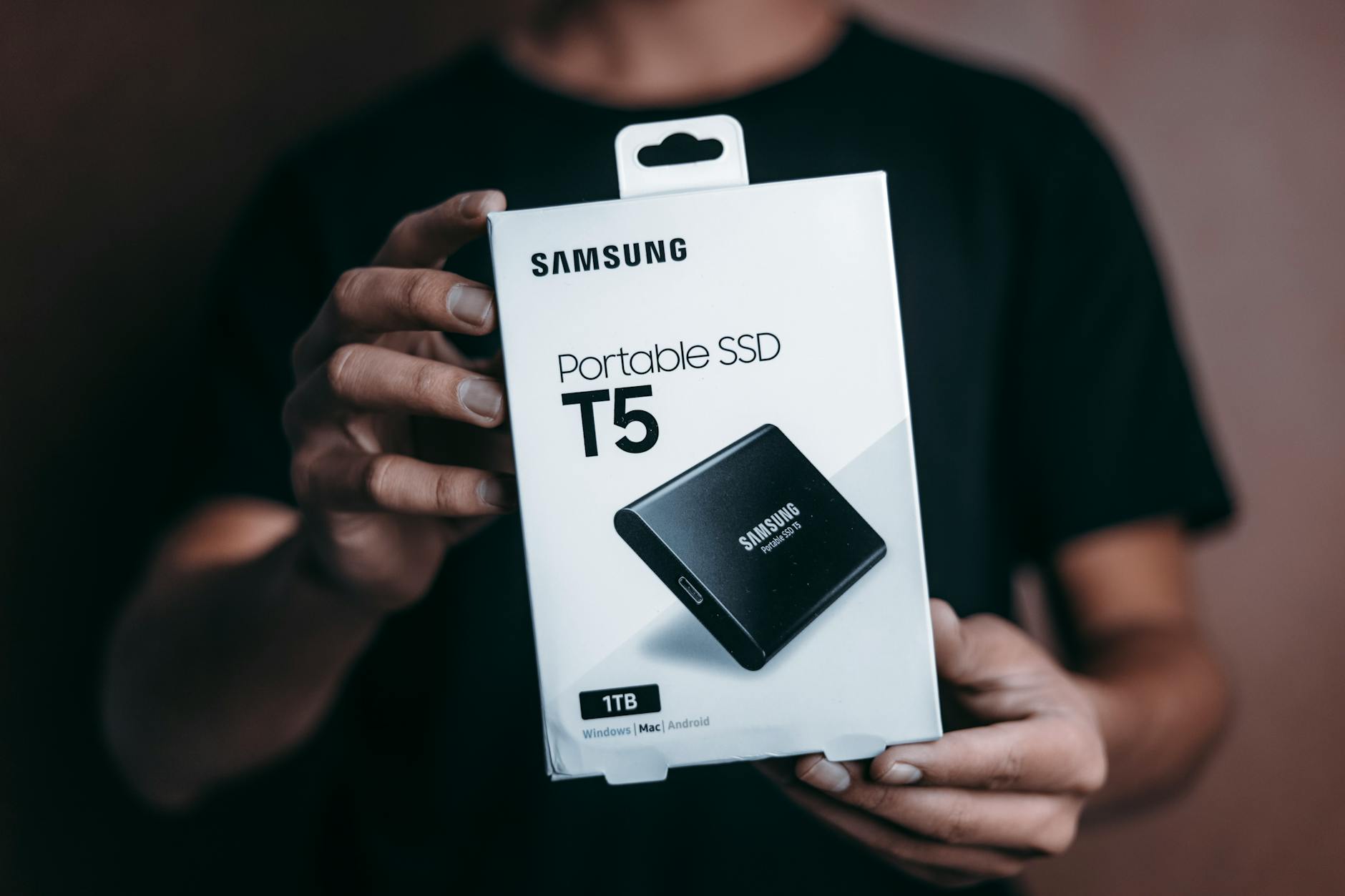In today’s digital age, where vast amounts of data are generated daily, reliable backups are essential to protect your precious information. One of the best ways to ensure your data’s safety is by using an external hard drive. In this comprehensive guide, we will explore the best tips for creating reliable backups using an external hard drive.
Understanding the Importance of Backups
Data loss can occur due to various reasons such as hardware failure, human error, malware attacks, or natural disasters. It can be devastating to lose important files, photos, or documents if they are not backed up regularly. An external hard drive serves as an additional storage space for your data, providing a convenient and secure way to keep copies of your files safe.
Choosing the Right External Hard Drive
When selecting an external hard drive for backups, consider factors such as storage capacity, portability, speed, and durability. Opt for a drive with ample storage space to accommodate all your files and ensure it has fast data transfer speeds for efficient backups. Portable drives are convenient for on-the-go backups, while rugged drives provide extra protection against physical damage.
Setting Up Regular Backup Schedule
To ensure consistent and up-to-date backups, establish a regular schedule for backing up your data to the external hard drive. You can use built-in backup software on your computer or third-party backup tools to automate the process. Set reminders to prompt you to connect the external drive and run the backup at predefined intervals, such as daily, weekly, or monthly.
Organizing Your Backup Strategy
Developing a systematic approach to organizing your backups can help streamline the process and make it easier to retrieve specific files when needed. Create separate folders on the external hard drive to categorize your data, such as documents, photos, videos, and music. Use descriptive file names and date labels to keep track of the latest backups.
Implementing Redundant Backup Methods
In addition to using an external hard drive for backups, consider implementing redundant backup methods for added security. Cloud storage services, network-attached storage (NAS), or offline backup solutions like tape drives can serve as secondary backup options. Having multiple copies of your data in different locations minimizes the risk of complete data loss.
Testing Your Backups Regularly
Simply creating backups is not enough; it is crucial to test their integrity and effectiveness periodically. Verify that your backup files are accessible and complete by restoring a sample of files from the external hard drive. Conducting regular tests helps identify any potential issues with the backup process and ensures that your data is recoverable in case of emergencies.
Safeguarding Your External Hard Drive
To protect your external hard drive and the data stored on it, handle it with care and avoid physical damage. Store the drive in a secure location away from extreme temperatures, moisture, and magnetic fields. Consider encrypting sensitive data on the drive to prevent unauthorized access in case of theft or loss.
In conclusion, utilizing an external hard drive for backups is a reliable and cost-effective way to safeguard your important data. By following the tips outlined in this guide, you can create secure and efficient backups that provide peace of mind knowing your files are safe and accessible when you need them. Remember, a proactive approach to backups is the key to avoiding data loss and ensuring seamless continuity in your digital life.



